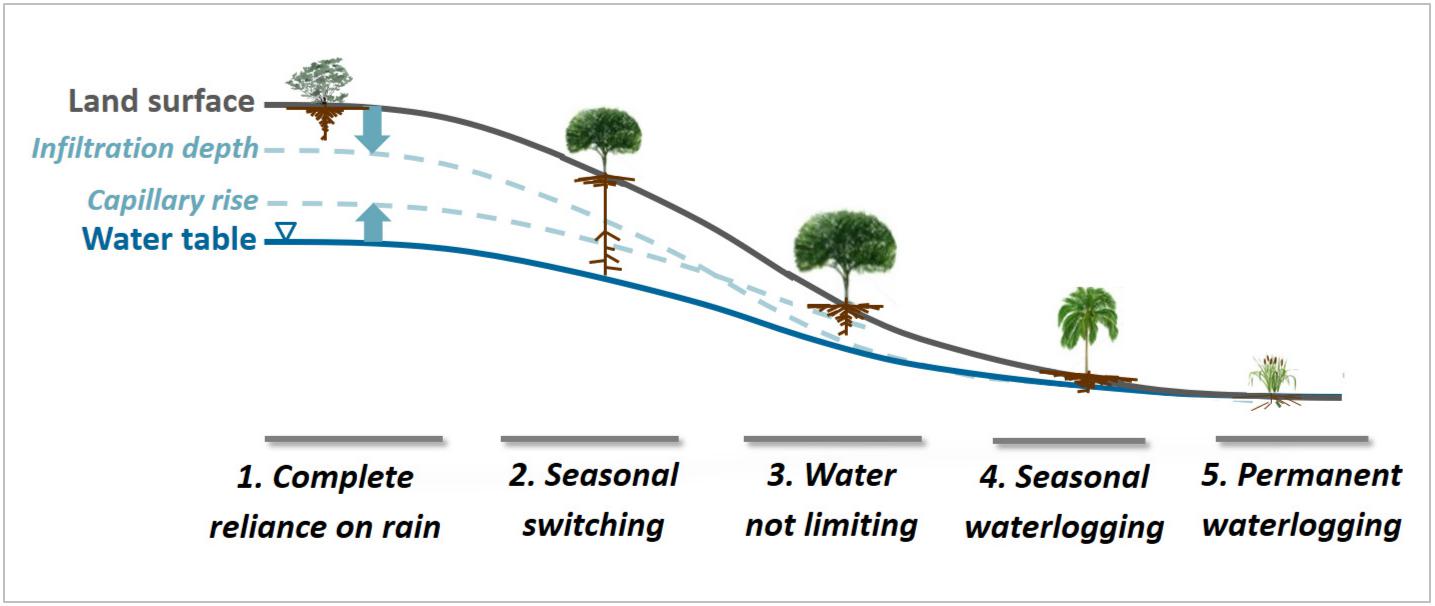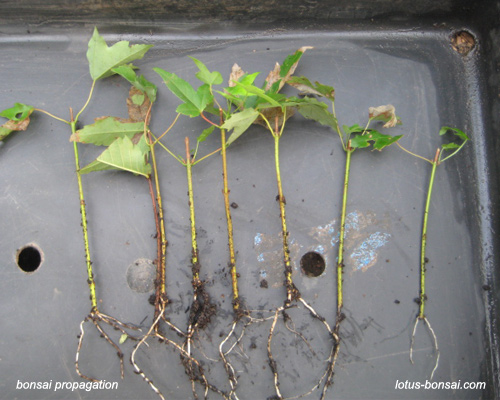Unlocking the Secrets of Maple Tree Propagation
Can Maple Tree Cuttings Thrive in Water?
Maple tree propagation using cuttings is a popular method for gardeners and nursery professionals. However, the success of this method relies heavily on understanding the rooting process. One common question that often arises is whether maple tree cuttings can root in water. Will maple tree cuttings root in water? This article aims to provide an in-depth exploration of the science behind rooting maple tree cuttings, the benefits and drawbacks of water-based rooting, and practical tips for successful propagation.
The Science Behind Rooting Maple Tree Cuttings
Rooting maple tree cuttings is a complex process that involves the coordination of various biological and environmental factors. At the heart of this process lies the role of hormones, particularly auxins, which play a crucial role in promoting root growth and development. Auxins, such as indole-3-butyric acid (IBA), are naturally occurring plant hormones that stimulate cell elongation and cell division, leading to the formation of roots. When a maple tree cutting is taken, the auxins present in the cutting stimulate the growth of roots, allowing the cutting to develop into a new plant. The rooting process is also influenced by the type of rooting medium used, with water-based rooting being a popular method. In addition to water-based rooting, other methods of propagation include soil-based rooting and the use of rooting hormones. Understanding the science behind rooting maple tree cuttings is essential for successful propagation and can greatly increase the chances of rooting maple tree cuttings in water.
https://www.youtube.com/watch?v=ElSSqWp5otE
How to Increase the Chances of Successful Water-Based Rooting
To answer the question of whether maple tree cuttings will root in water, it is essential to follow best practices for successful propagation. One of the most critical factors is the selection of healthy cuttings. Choose cuttings with a diameter of around 1-2 inches, and ensure they are taken from the current season’s growth. Cut just below a node, and remove any lower leaves to prevent rotting. Cleanliness is also crucial, as bacteria and fungi can quickly colonize the cutting and prevent rooting. Use a clean and sharp knife or pruning tool to take the cutting, and immediately place it in a clean water container. The role of light and temperature is also vital, with most maple tree cuttings requiring bright, indirect light and temperatures between 65-75°F (18-24°C) for optimal rooting. By following these tips, you can significantly increase the chances of successfully rooting maple tree cuttings in water.
The Benefits and Drawbacks of Water-Based Rooting
When it comes to propagating maple trees, water-based rooting is a popular method that offers several advantages. One of the primary benefits is the increased success rate of rooting maple tree cuttings in water. This is because water provides a consistent and stable environment for the cutting to develop roots, reducing the risk of drying out or overwatering. Additionally, water-based rooting allows for easier monitoring of the rooting process, making it simpler to identify any issues or problems. However, there are also some drawbacks to consider. One of the main concerns is the potential for root rot, which can occur if the water is not changed regularly or if the cutting is not properly cleaned. Furthermore, water-based rooting can lead to limited root development, which may affect the long-term health and stability of the tree. Despite these drawbacks, many growers find that the benefits of water-based rooting outweigh the drawbacks, and with proper care and attention, maple tree cuttings will root in water successfully.
A Comparison of Water-Based Rooting with Other Methods
When it comes to propagating maple trees, there are several methods to choose from, each with its unique benefits and challenges. Water-based rooting is a popular method, but how does it compare to other approaches? One alternative is soil-based rooting, which involves planting the cutting directly into a soil medium. This method can be more challenging, as the soil must be kept consistently moist and the cutting is more susceptible to drying out. However, soil-based rooting can lead to more robust root development and a stronger tree. Another option is the use of rooting hormones, which can increase the chances of successful rooting. These hormones stimulate the production of auxins, which are essential for root growth. While rooting hormones can be effective, they can also be expensive and may not be necessary for all maple tree varieties. In contrast, water-based rooting is a low-cost and low-tech method that can be effective for many maple tree varieties. Ultimately, the choice of method will depend on the specific needs and goals of the grower. By understanding the unique benefits and challenges of each approach, growers can make informed decisions and increase their chances of successfully propagating maple trees. Will maple tree cuttings root in water? With the right approach, the answer is yes.
Common Mistakes to Avoid When Rooting Maple Tree Cuttings in Water
While water-based rooting can be an effective method for propagating maple trees, there are several common mistakes that can lead to failed rooting attempts. One of the most critical mistakes is over-handling the cuttings, which can cause damage to the delicate tissues and reduce the chances of successful rooting. Another mistake is inadequate light, which is essential for promoting root growth and development. Poor water quality is also a common mistake, as it can lead to root rot and other problems. Additionally, failing to change the water regularly can cause the cutting to become waterlogged, reducing the chances of successful rooting. By avoiding these common mistakes, growers can increase their chances of successfully rooting maple tree cuttings in water. Will maple tree cuttings root in water? With proper care and attention, the answer is yes. By following best practices and avoiding common mistakes, growers can unlock the full potential of maple tree cuttings and enjoy the many benefits of water-based rooting.
Conclusion: Unlocking the Full Potential of Maple Tree Cuttings
In conclusion, propagating maple trees using cuttings is a viable method that can be successful with the right approach. Understanding the rooting process, including the role of hormones and auxins, is crucial for achieving success. Water-based rooting is a popular method that offers several benefits, including increased success rates and low cost. However, it also has its drawbacks, such as potential root rot and limited root development. By following best practices, avoiding common mistakes, and experimenting with different methods, growers can unlock the full potential of maple tree cuttings. Will maple tree cuttings root in water? With the right approach, the answer is yes. We encourage readers to try out different methods, share their experiences, and continue to explore the world of maple tree propagation. By doing so, we can gain a deeper understanding of this fascinating process and unlock the secrets of successful maple tree propagation.
Further Exploration: Experimenting with Different Maple Tree Varieties
While understanding the basics of propagating maple trees using cuttings is essential, exploring different maple tree varieties can take your propagation skills to the next level. With over 128 species of maple trees, each with its unique characteristics, there’s a world of possibilities waiting to be discovered. Some maple tree varieties, such as the Sugar Maple and Red Maple, are more suitable for water-based rooting than others. By experimenting with different varieties, you can uncover the secrets of successful propagation and develop a deeper understanding of the rooting process. Will maple tree cuttings root in water? The answer may vary depending on the variety. We encourage readers to share their experiences and observations with different maple tree varieties, including their suitability for water-based rooting. By doing so, we can build a community of maple tree enthusiasts who can learn from each other and push the boundaries of what’s possible in maple tree propagation.





